New techniques
Emma Lindsell and Isobel Stephen describe how bringing funding arrangements for UK research together under a single body, UK Research and Innovation, will enhance excellence and effectiveness in a field where the nation’s reputation is already high.
ARNOLD, the Government Communication Service’s very first robot, is making a huge difference to the speed and effectiveness of communications between the Department for Education and the public.
John Sheridan, Digital Director at The National Archives, examines how the organisation is tackling the urgent issue of managing the shift to digital records and the risks to preserving them.
The annual Civil Service Awards recognise inspirational individuals and innovative projects and encourage best practice. Some of the 2018 winners talk about their work and what winning means to them.
Poli Stuart-Lacey, Director of Communications at HM Revenue & Customs, explains the rationale behind the move “from tax man to tax duck”, and how it increased Self Assessment compliance rates.
Charlene Chang and Mohammed Jalees a perspective from the Singapore Government on how to make the ‘ship of state’ more agile and responsive to changes in society in a turbulent world.
Protecting and improving public health is the work of the National Institute for Biological Standards and Control (NIBSC), a little-known body that played a leading part in containing the Ebola outbreak in West Africa.
The new Success Profiles will allow managers to take a broader view of job candidates and whether they have the right skills, experience, behaviours and strengths for the role.
Read about the creation of the Geospatial Commission, the new body to help exploit the huge potential of data about location and place to fuel new businesses and better public services.
Robotics, or robotic process automation, are already in use in government and have the potential to help civil servants work more efficiently and effectively, and in more rewarding roles.
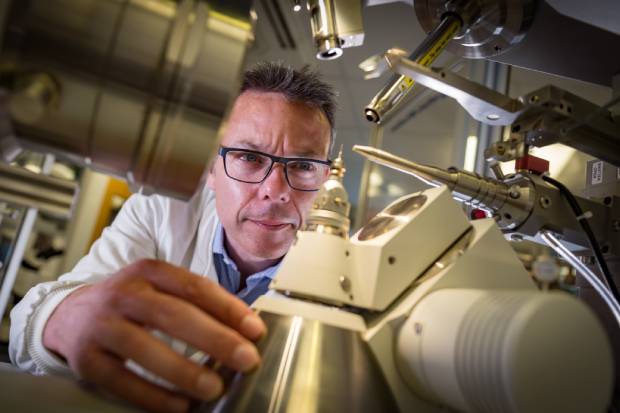
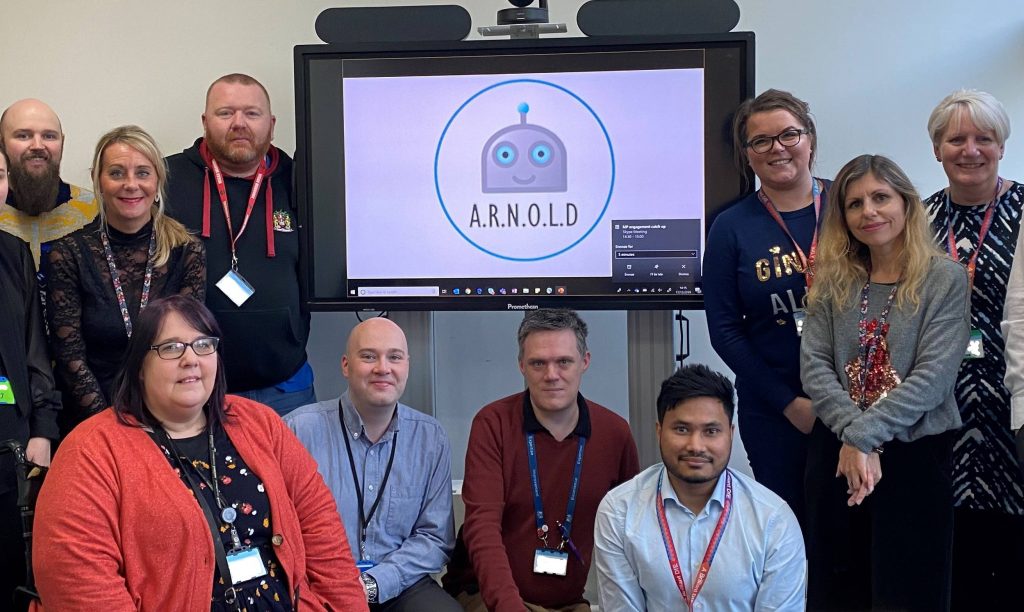
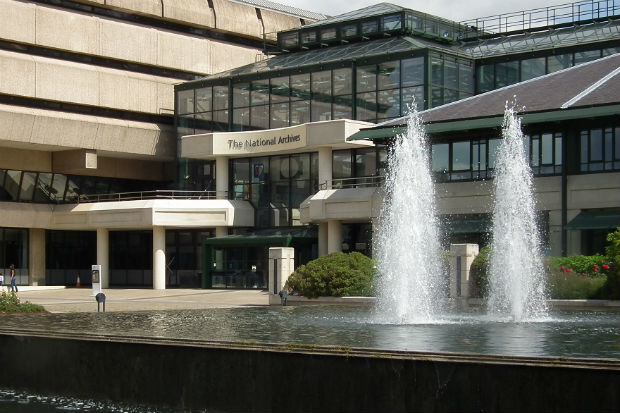
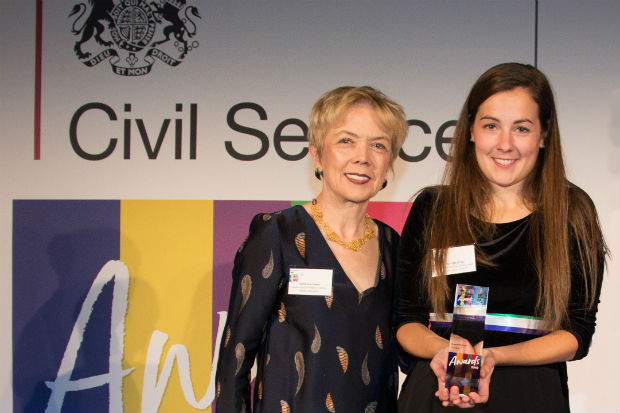
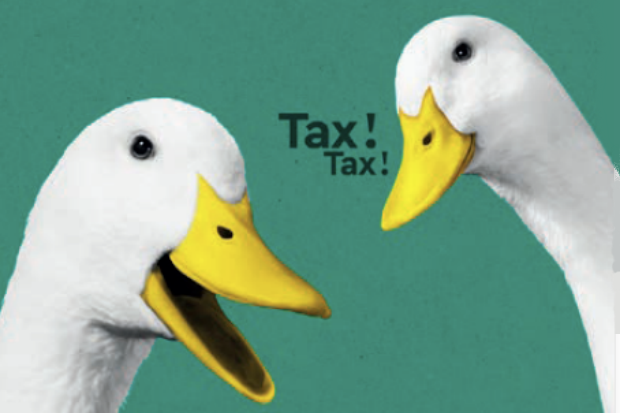





Recent Comments